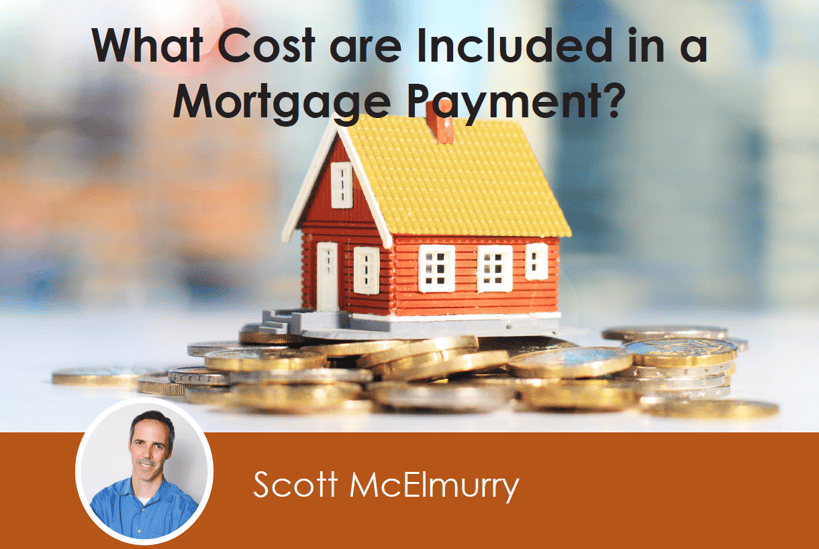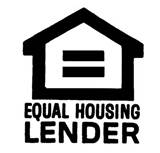 So before you apply for a mortgage and settle on a property, make sure you are capable of paying back more than what you have borrowed. During the approval process, your mortgage bank will assist you in helping you plan out your payment process and understand exactly what you can afford.
So before you apply for a mortgage and settle on a property, make sure you are capable of paying back more than what you have borrowed. During the approval process, your mortgage bank will assist you in helping you plan out your payment process and understand exactly what you can afford.
To fully understand the mortgage payment, you have to know what the different parts are for the average payment and what other fees may be added based on your down payment.
What does PITI stand for?
To start off, there are four main components of your mortgage payment to consider: principal, interest, taxes and insurance (PITI). These components are used to calculate the total mortgage payment once the size and the term of payment for the loan have been decided.
Principal is the amount of money you borrowed from the bank to pay for your house. If you borrow $100,000 from your bank, then your principal is $100,000. On a typical 30 year loan, in the first year, the principal repayment starts out in small payments and the bulk of your mortgage payment consists of the interest. However, with each month that passes, your principal payments increase and become the bulk of your mortgage payment in the final years of your payment.
Interest is a rate you pay to the mortgage bank as a charge for taking out a loan. Many factors determine mortgage rates, but usually the interest rates can vary according to risk. Items that affect your loan risk, and thus your interest rate include credit score, down payment, loan program, property type (single family residence, condominium, duplex) and loan to value. Loan to value is calcualeted by taking your loan amount and dividing it by the purchase price (or value of the home). The lower the LTV, the less risk associated with the loan..
You will also need to decide if you want a fixed or adjustable rate. A fixed rate means the interest you pay on the mortgage will stay the same throughout your term of payment, regardless of what happens to federal rates. An adjustable rate is dependant on federal rates and will adjust as the economic index fluctuates. It is possible for you to switch between adjustable and fixed rates during your term of payment, but it requires refinancing and closing costs.
The Taxes portion concerns real estate taxes, which go to funding public services. The amount you pay in taxes will be based on the value of your property and these taxes are added to your monthly mortgage payment. Once the monthly payment is sent in, the lender will set aside the money you paid for taxes in an escrow account, which the lender will use to transfer the money to the government. Before settling on a house, be sure you know what the property and county taxes are and how often they fluctuate.
Insurance concerns your homeowner’s insurance and is also collected by your mortgage lender. This insurance will help protect your property against damages and are also held in an escrow account to be transferred to your insurance agent by your mortgage lender. For some borrowers, there is also Private Mortgage Insurance (PMI), which will also increase your mortgage payment.
What is “Private Mortgage Insurance?”
Before the Great Depression, home buyers were expected to pay at least 50 percent of the house’s cost as a down payment, but toward the end of this era as the economy improved, the government allowed home buyers to purchase homes with at least a 20 percent down payment. You can still buy a home even if you pay less than a 20 percent down payment, but you will be required to pay a PMI fee.
The PMI protects the lender in case the borrower is unable to repay the loan as it minimizes the default risk on the loan and also allows the lender to collect the principal owed in the event of default and a foreclosure sale is required. The Homeowner’s Protection Act (HPA) allows you to drop the PMI on your mortgage once you pay down to 78 percent of the value if you are current on your loan.
It all adds up.
To recap, the major influencers of your mortgage payment include the amount of money you borrow from the bank (principal), the amount of money the bank charges you for borrowing its money (interest), the amount of money you have to pay as a homeowner for public services (taxes) and the amount of money it costs to protect your home from damages (insurance). Other factors will play into your payment amount as well, such as whether you have a fixed or adjustable interest rate, the tax rates of the area you live in and if you have to pay a PMI. But regardless of the mortgage payment, it is smart to know exactly what you are paying and why.
If you are curious in seeing what you might pay, be sure to check out our mortgage loan calculators to see what you can afford. And if you want a more accurate picture, get prequalified for a home loan online.






